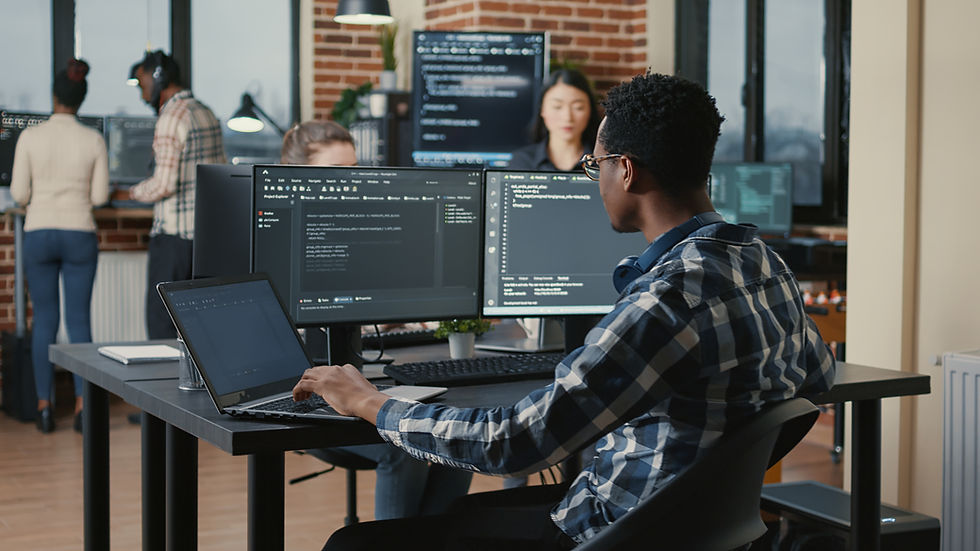OpenAI & Meta vs. Misinformation!
- mmasayon
- Feb 14, 2024
- 2 min read
Updated: May 29, 2024
In today's digital age, where technology continues to advance at an unprecedented pace, concerns about misinformation and fake content have become more prominent. One area of focus is the rise of AI-generated images and their potential impact on our understanding of reality. Recently, OpenAI and Meta, the company behind Facebook, announced their collaborative efforts to label AI-generated images to bring more transparency to the digital landscape.
Featured Article: "OpenAI and Meta to label AI-generated images"
Why the Concern?
Imagine looking at a photo or watching a video, and you can't tell whether it's real or generated by artificial intelligence. AI has become so sophisticated that even experts can be fooled. This raises serious concerns, especially when it comes to fake news and disinformation. With AI now capable of creating convincing images, videos, and even phone calls, there's a risk of misleading people and distorting our perception of events.
What OpenAI and Meta Are Doing
On February 6, 2024, Meta announced a move to publicly identify images created with its AI. So, if you post a picture on Facebook that was generated by Meta's AI, it will come with a tag saying, "Imagined with AI" and a little sparkle icon for quick recognition. This is a step towards making it easier for people to know when they are looking at AI-generated content.
OpenAI followed suit, introducing the C2PA standard, a collaborative effort involving various companies to embed metadata into media for verifying their origins. This means more transparency and a standardized way to identify whether an image or video is AI-generated.
Challenges in the Road Ahead
However, it's not all smooth sailing. Both Meta and OpenAI admit that their methods aren't foolproof. For example, Meta's technique only works on images created with its own tools, and OpenAI's metadata can be deleted if users upload images to social media or take screenshots.
Google is also in the game with its SynthID, an invisible watermark that is more resilient to editing and filters compared to other methods. The University of Chicago has developed the Glaze program, which uses Style Transfer algorithms to protect artists from having their work ripped off.
Why Does This Matter?
This matters because as AI technology advances, it becomes increasingly important to distinguish between what's real and what's artificially generated. Misinformation can have serious consequences, affecting our understanding of current events and even influencing elections. By implementing these labeling methods, companies are taking a step in the right direction to protect the public from falling victim to manipulated content.
In Conclusion
As we journey further into the world of AI, the efforts by OpenAI, Meta, Google, and others to label and authenticate AI-generated content are crucial. While challenges persist, these steps are vital in combating misinformation and ensuring a more transparent digital landscape. It's a collaborative effort that involves not only major tech companies but also open standards like C2PA, aiming to create a safer and more reliable online environment for everyone.
Stay ahead in the digital age! Subscribe for the latest on Meta and OpenAI's breakthroughs, expert tips on navigating AI-generated content, and building a safer online space. Don't miss out – subscribe now!






Comments